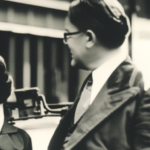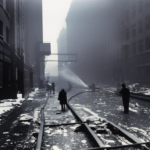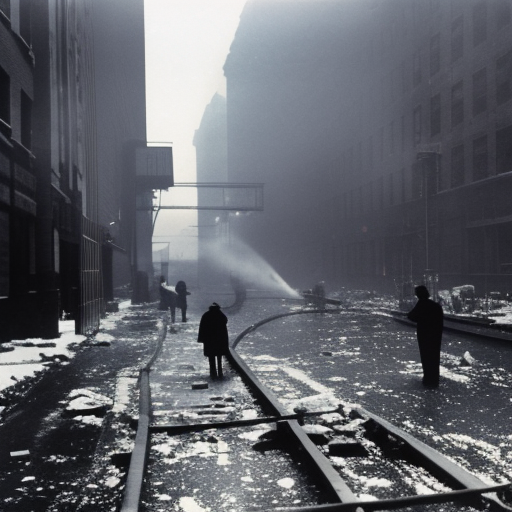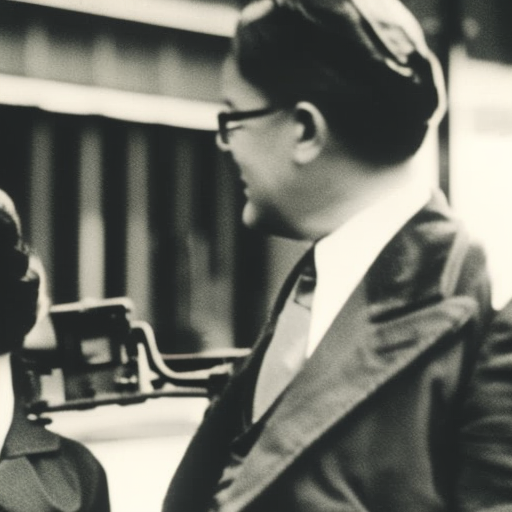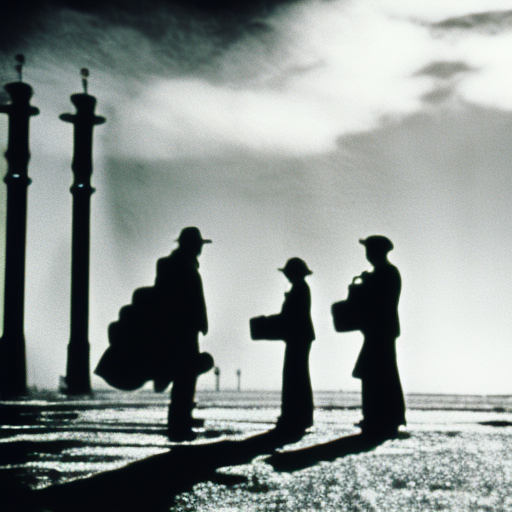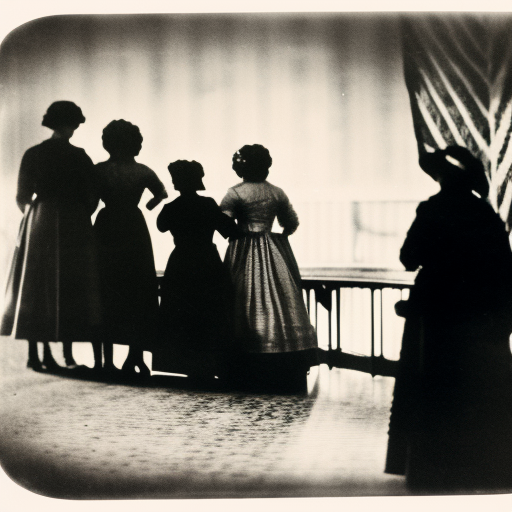The Triangle Shirtwaist Factory Fire (1911)
The Triangle Shirtwaist Factory fire was a tragic industrial disaster that occurred on March 25, 1911, in New York City. It resulted in the deaths of 146 garment workers, mainly young immigrant women, and became a catalyst for significant labor reforms in the United States.
Background
The Triangle Shirtwaist Factory was a prominent garment factory located in the Asch Building in Manhattan. It employed around 500 workers, mostly young women who were recent immigrants from Eastern Europe. The factory was known for its production of shirtwaists, a popular women’s blouse style at the time.
The Fire
On that fateful day, a fire broke out on the eighth floor of the factory. The exact cause of the fire remains unknown, but it is believed to have been sparked by a discarded cigarette or a faulty electrical wire. The factory’s owners, Max Blanck and Isaac Harris, had locked the exit doors to prevent theft and unauthorized breaks, a common practice at the time. As a result, the workers were trapped inside the burning building.
The Tragedy
The fire spread rapidly due to the highly flammable materials and the lack of fire safety measures in the factory. Panicked workers tried to escape, but they were met with locked doors and inadequate fire escapes. Some workers jumped from the windows to their deaths, while others were burned alive or asphyxiated by smoke. The fire department arrived quickly, but their ladders could not reach the upper floors, and their hoses were ineffective against the intense blaze.
Public Outcry and Reforms
The Triangle Shirtwaist Factory fire shocked the nation and led to widespread public outrage. It exposed the dangerous working conditions and exploitative practices prevalent in the garment industry. As news of the tragedy spread, thousands of people attended the victims’ funerals and participated in protests and rallies demanding justice for the workers.
The fire also galvanized the labor movement and prompted significant reforms. The Factory Investigating Commission, led by Frances Perkins, later the first female U.S. Cabinet member, was established to investigate the fire and propose reforms. The commission’s findings revealed numerous safety violations, including locked exit doors, inadequate fire escapes, and overcrowded workspaces.
Legacy
The Triangle Shirtwaist Factory fire had a lasting impact on labor laws and workplace safety regulations. In the years following the fire, New York State enacted comprehensive labor reforms, including the establishment of the Bureau of Factory Inspection, which enforced safety standards and improved working conditions. The tragedy also contributed to the growth of labor unions and the passage of laws protecting workers’ rights.
The fire served as a wake-up call for the nation, highlighting the need for stricter regulations and oversight in the industrial sector. It brought attention to the plight of immigrant workers and the need for improved workplace safety standards. The Triangle Shirtwaist Factory fire remains a symbol of the fight for workers’ rights and serves as a reminder of the importance of ensuring safe working conditions for all.


